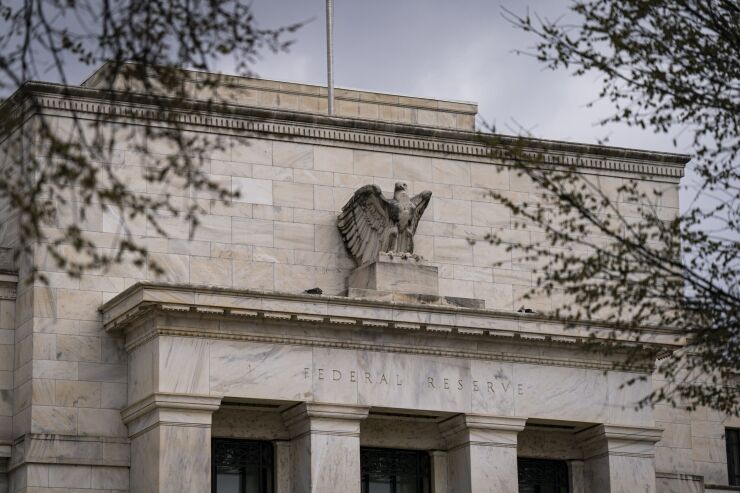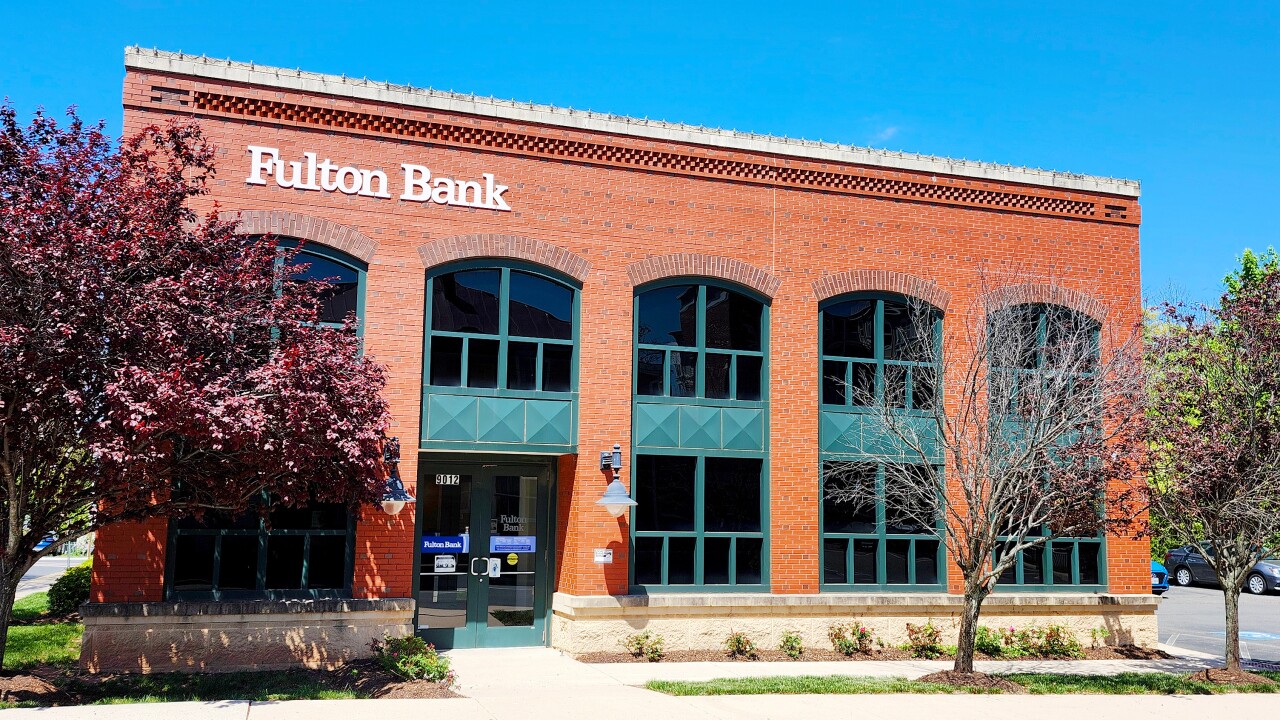
There's an old joke about the bank robber who, when asked why he robbed banks, answered: "Because that's where the money is."
The same can be said for why banks handle our
What is less intuitive is the institutional marriage between payments and credit. This is not just about the reliance of financial plumbing and final settlement on intraday and overnight credit between banks; it's also the centuries-old practice of taking funds deposited for safekeeping and convenience and lending most of them out to a range of borrowers.
Obviously, the payments landscape has spread and diversified over the decades, diluting direct bank participation while extending the plumbing. But virtually all electronic payments touch bank credit at some stage of their journey.
Of course, rules as well as insurance limit depositor exposure to a bank's lending risk. But history has shown that at times of systemic stress due to loan defaults and collapsing credit structures payment networks can freeze. Even outside a widespread banking crisis, issues with any one institution can create payments mayhem as network participants are reluctant to enter into even short-term settlement commitments.
After each shock to the payments system, old rules are changed and new ones are introduced to enhance its resilience, resulting in a patchwork of fixes that alleviate but don't solve for the inherent vulnerability of having transfers linked to credit in some form. The delicate balance works well in terms of creating pools of liquidity and removing settlement bottlenecks. But for the reassurance that an economy will function smoothly even through turbulence, payments need ironclad rails with no potential blowback from lending risk.
While the rewiring of financial plumbing may sound like an impossible task given the layers of complexity built up over centuries, an intriguing alternative is on the table. What's more, it's an idea proposed by two of the world's largest central banks. And it could lead to one of the most profound changes to banking in decades: the separation of payments and credit creation.
Last month, Federal Reserve Governor Chris Waller
This would,
In theory, companies that only handle payments but not lending would have access to payment liquidity backstopped by the central bank, without having to connect via commercial banks.
This would meaningfully enhance the availability of cheap pools of settlement liquidity for
The Office of the Comptroller of the Currency issued an interpretive letter Tuesday that would allow banks under its jurisdiction to hold small amounts of network tokens to test and process customer transactions.
Perhaps more significant, it would also establish a basis for a payment network that does not rely on the solvency of bank loans, potentially enhancing the resilience of the U.S. economy. In the event of another banking crisis, payments could continue to flow unimpeded through nonbank institutions.
A similar trend is emerging in the U.K. A couple of weeks ago, the Bank of England
Stepping back and squinting, you see that it is starting to look like institutions that only offer payment services are sliding into territory previously occupied by banks that blend payments and lending.
Both Governor Waller's suggestion and the Bank of England proposal are at the draft stage; they are or will be
But, given the recent meeting between the U.S. Treasury secretary and the U.K. chancellor of the exchequer that
The suggestions feel less like an intentional unbundling of banking services, and more like official support for greater consumer choice. Recent growth in stablecoin use suggests that users will move to more convenient rails with or without official blessing.
Regulators seem to have realized that they can both get ahead of this to shore up protections against hidden risks, while taking advantage of the opportunity presented by the introduction of a new financial technology to rethink the resilience of payment flows and, by extension, the ability of the financial system to withstand shocks.
Plus, the implicit coordination here between the U.S. and the U.K. has a geopolitical as well as a markets angle: A closer alliance between the two jurisdictions on stablecoin matters and payments resilience could lead to greater cooperation in equity and bond issuance, settlement flows and possibly also market depth, of special concern to the U.K. given thinning liquidity on its main exchange.
So, the proposals from Governor Waller and the Bank of England may feel tentative, but they come from sources of authority, and they wield big clout. They sketch an evolution of banking that separates payments from credit, reinforcing systemic resilience while supporting the emergence of a new category of financial services and a new set of building blocks for further market innovation.
The ultimate irony is that blockchain technology,






